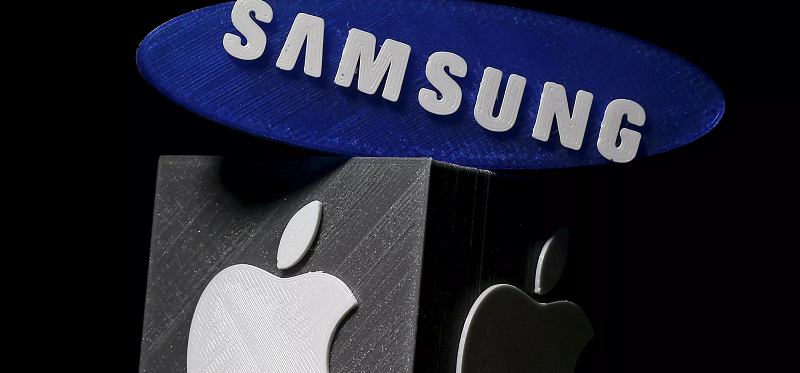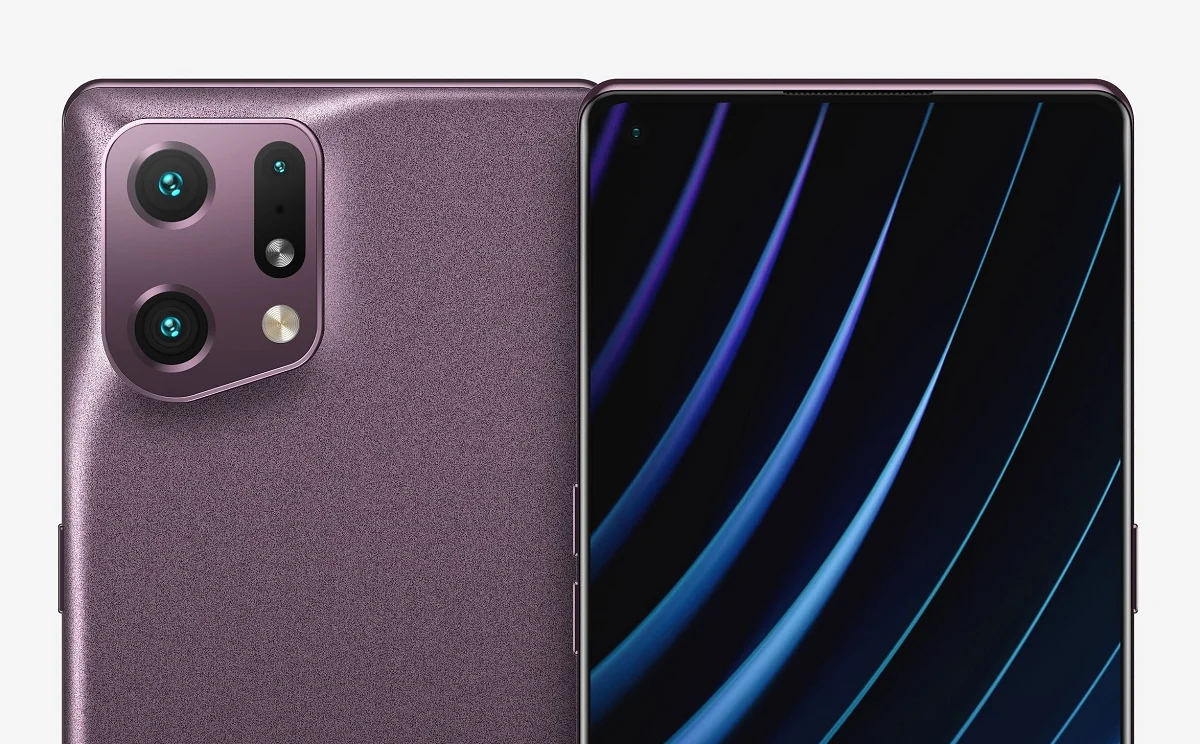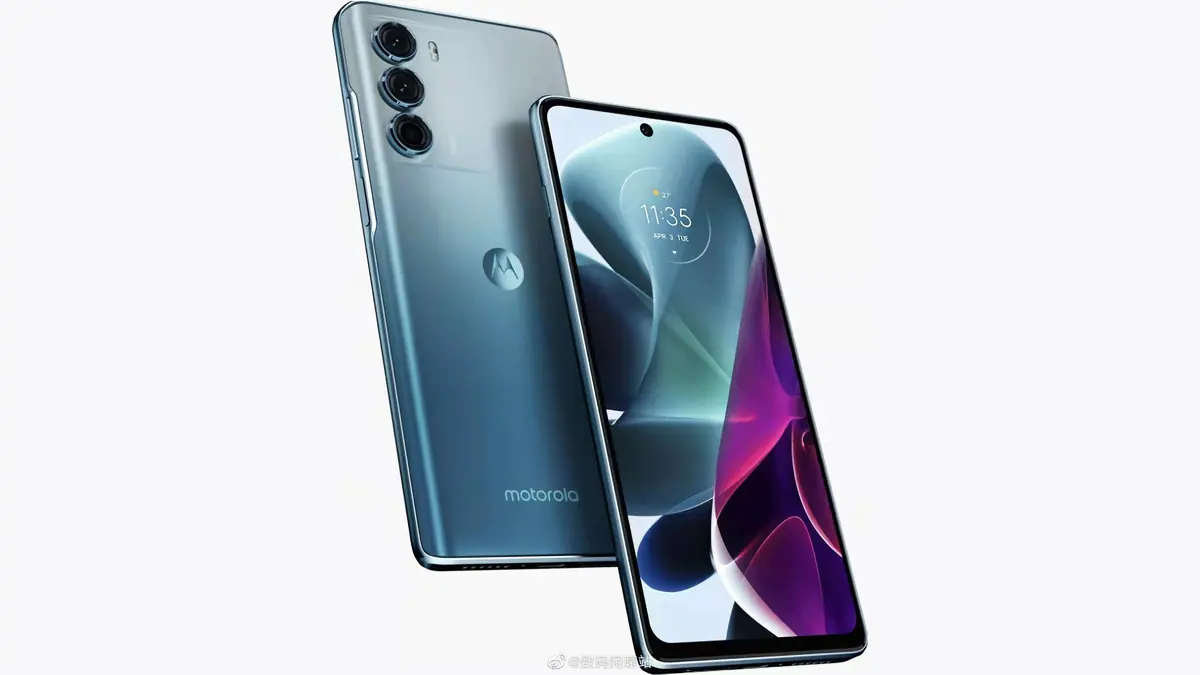Premium smartphones are getting more expensive every year; Brands like Apple, Samsung and Google now charge over $1,000 for their flagship models. At this price, you expect advanced technology, better durability, and features that justify the cost. But here’s the catch: most people don’t need them, and the premium label rarely provides value commensurate with the price.
If you’re planning to spend this much money on a smartphone, you need to consider what you’re actually paying for and whether it’s worth it. Therefore, it may be a wiser move to stay away from premium smartphones.
1. “Flagship features” are overrated for most users
Premium phones have top-of-the-line specs: the latest Snapdragon chipsets, incredible amounts of RAM, and displays with refresh rates of 120 Hz or higher. These features sound impressive, but they don’t mean much to the average user in daily use.
If you spend your time scrolling Instagram, scrolling Twitter, or watching Netflix, you won’t see much of an improvement over mid-range phones that are half the price. Today’s mid-range devices already offer excellent performance for normal use. It is equipped with smooth displays, good processors and enough RAM to multitask without noticeable lags.
For example, Samsung’s Galaxy A series and Google’s Pixel 8a offer 90Hz OLED displays, powerful cameras, and solid performance for $500-600.
2. Camera improvements are minor
Camera systems are often the main selling point of premium phones. Flagships like the iPhone 16 Pro Max or Galaxy S24 Ultra are equipped with multiple lenses, larger sensors and smart computational photography techniques. But how much better are they really?
For most users, the difference between a $1,200 flagship and a $600 mid-range phone isn’t as significant as the marketing suggests. Flagship cameras excel in certain areas (low-light performance, optical zoom, and detailed portraits), but these improvements address specific needs. Ordinary users who take photos for social networks will not be able to see the difference between night and day.
In fact, phones like the Google Pixel 8a and Samsung Galaxy A55 offer solid cameras that excel at everyday photography. These mid-range devices capture sharp, colorful images in good light and perform well even in low light thanks to software optimization. When you upgrade to flagship models, you pay for lower returns.
3. Software updates are no longer just available for flagships
One of the arguments for buying a premium smartphone used to be long-term software support. Flagships often took longer to receive operating system updates and security patches than mid-range devices. However, this situation is changing.
Companies like Samsung and Google are now promising four major operating system updates and five years of security patches for most of their mid-range phones. For example, Pixel 8a receives the same software support as Pixel 8 Pro. Samsung’s Galaxy A series phones also benefit from extended update policies.
Also read – How to save a flooded phone: 5 instant actions when the smartphone comes into contact with liquid
This means you no longer need to pay flagship prices to benefit from long-term software support. Mid-range devices are catching up and offering better durability without the high price.
4. Premium design is not practical
Flagship phones often prioritize aesthetics, with glass backs, stainless steel frames and ultra-thin bezels. Although these materials look great, they have practical disadvantages. Phones with glass covers are more prone to shattering when dropped, and repairing a flagship device can cost hundreds of dollars.
On the other hand, mid-range phones generally use plastic structures that are more durable in real life. Plastic withstands drops better than glass and is cheaper to replace if damaged. Of course, a premium phone may look more “luxurious” in your hand, but that doesn’t mean it’s better for everyday use.
5. Battery life isn’t always better
You might think that spending $1,000 or more would get you a phone with unrivaled battery life, but that’s not always the case. Flagship devices usually have high-resolution displays and power-hungry processors that drain the battery faster. Manufacturers may include fast charging as compensation, but that doesn’t change the fact that a larger, brighter screen will affect durability.
Mid-range phones, on the other hand, strike a better balance. Devices like the Samsung Galaxy A56 series and OnePlus Nord come with large batteries and efficient processors that ensure uninterrupted performance all day long. You may even get better service life than some premium models.
6. If you want a flagship buy a vintage or older model
If you really want that flagship experience, you don’t need to buy the latest $1,200 phone. Older flagship models often drop significantly in price after a year or two, offering the same premium experience at a much lower cost. You can also consider buying a used flagship device; This can be an excellent value if you shop carefully.
7. Mid-range phones are better than ever
The biggest reason to give up on premium smartphones is that mid-range options have become incredibly powerful. Priced between $400 and $700, devices now offer high performance, reliable cameras, long-term software support, and rugged designs.
Take Google’s Pixel 8a for example: it offers flagship software, a great camera, and smooth performance for $400. The Samsung Galaxy A55 offers a stunning display, reliable battery life and long-term software support for a similar price. It doesn’t make financial sense to spend $1,000 on a premium phone when you can get everything you need — and then some — for half the price.













